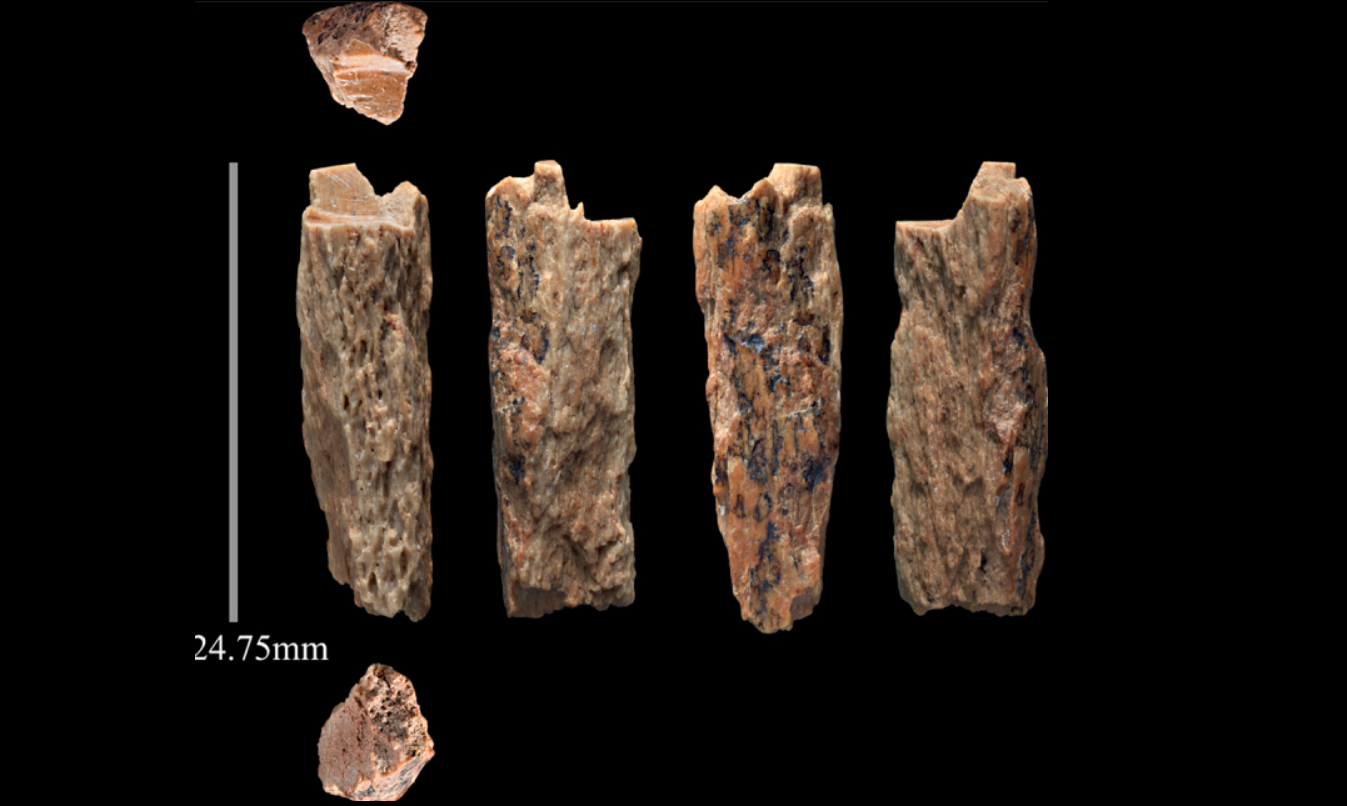The bones of “Denny” are the only known physical remains of a first-generation human hybrid, born as a result of a Neanderthal breeding with a Denisovan. As exceptional as her remains might be, a deep dive into the genome of modern-day Homo sapiens shows there were once plenty more hominin hybrid individuals around.
The finger bones were unearthed in 2012 within the Denisova Cave, a cave in the Altai mountains of Siberia that has yielded an immense amount of remains belonging to Denisovans, Neanderthals, and Homo sapiens. Estimated to be around 90,000 years old, the researchers named the remains “Denisova 11”, or Denny for short.
As reported in the journal Nature in August 2018, scientists carried out a DNA analysis of the bone and revealed it was even more fascinating than they initially realized: it belonged to a teenage female who had a Neanderthal mother and a Denisovan father.
“[The evidence] is so direct, we almost caught them in the act,” Svante Pääbo, study author and Nobel Laureate who has worked extensively on the Neanderthal genome, told Science at the time of the discovery.

A few finger bone fragments are all that is left of Denny.
This is just the surface of the inter-species relationships in this family, though. Further genomic analysis suggested that Denny’s Denisovan father also carried a small degree of Neanderthal ancestry from hundreds of generations before his lifetime.
Neanderthals and Denisovans are two species of hominin closely related to us. They both lived in Eurasia until they were replaced by modern humans around 40,000 years ago. Neanderthal remains have been found across Europe, the Near East, and central Asia, but evidence of Denisovans has only been found in the Denisova Cave, as well as a specimen from the Baishiya Karst Cave on the Tibetan Plateau.
Given these scant remains – a scattering of teeth, a lower jaw bone, a couple of skull fragments, and a lone finger bone – we know very little about Denisovans. We don’t even really have a strong idea of what they looked like, although they most likely had a strong resemblance to Neanderthals.
Neanderthals, Denisovans, and Homo sapiens are defined as separate species by most (some consider them subspecies of one another) but it is indisputable they were all closely related enough to have mated and had children.
Most people living today, especially those of European descent, still have Neanderthal genes in their genome. It’s also known that genes from Denisovans live on in the genetics of some people living in Southeast Asia, which has helped them to adapt to high-altitude environments.
While evidence of this intermingling is easy to find in our DNA, Denny is a vivid – and very “human” – reminder that human evolution is a story of hybridization.
In the words of a 2015 paper on human evolution: “Recent genomic research has shown that hybridization between substantially diverged lineages is the rule, not the exception, in human evolution.”
Source Link: Meet Denny, The Only Human Hybrid Remains Ever Unearthed